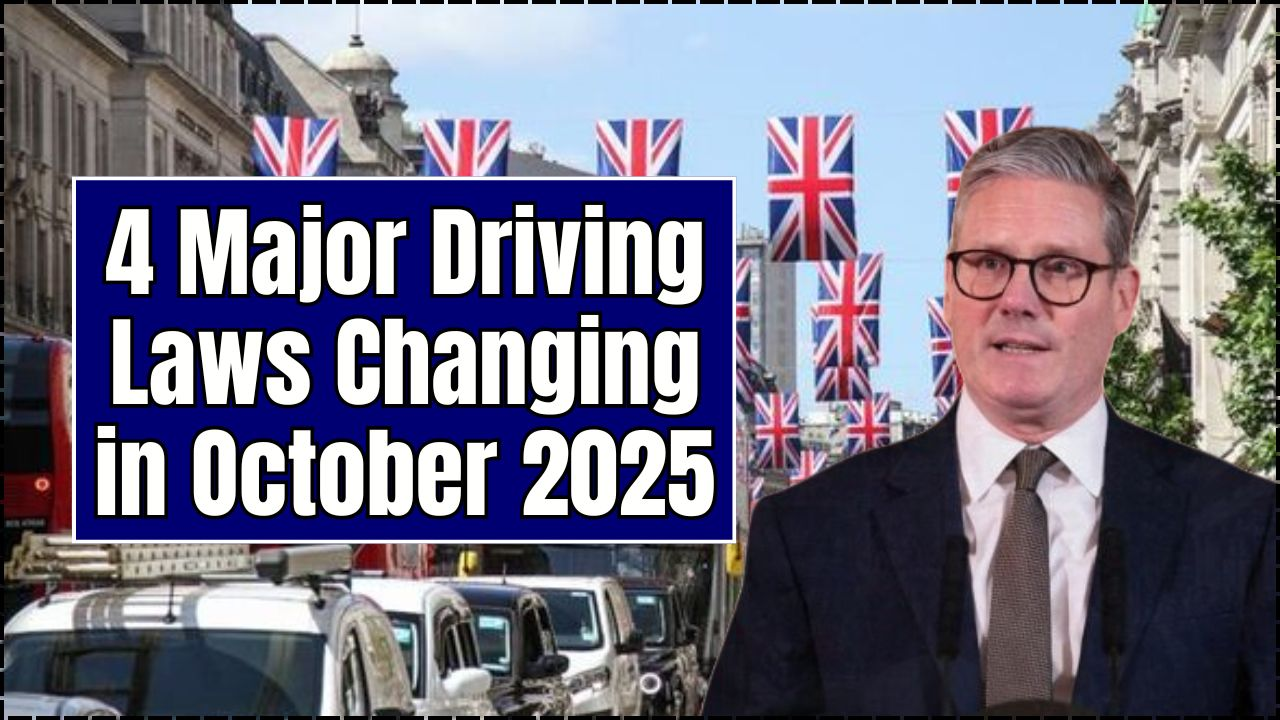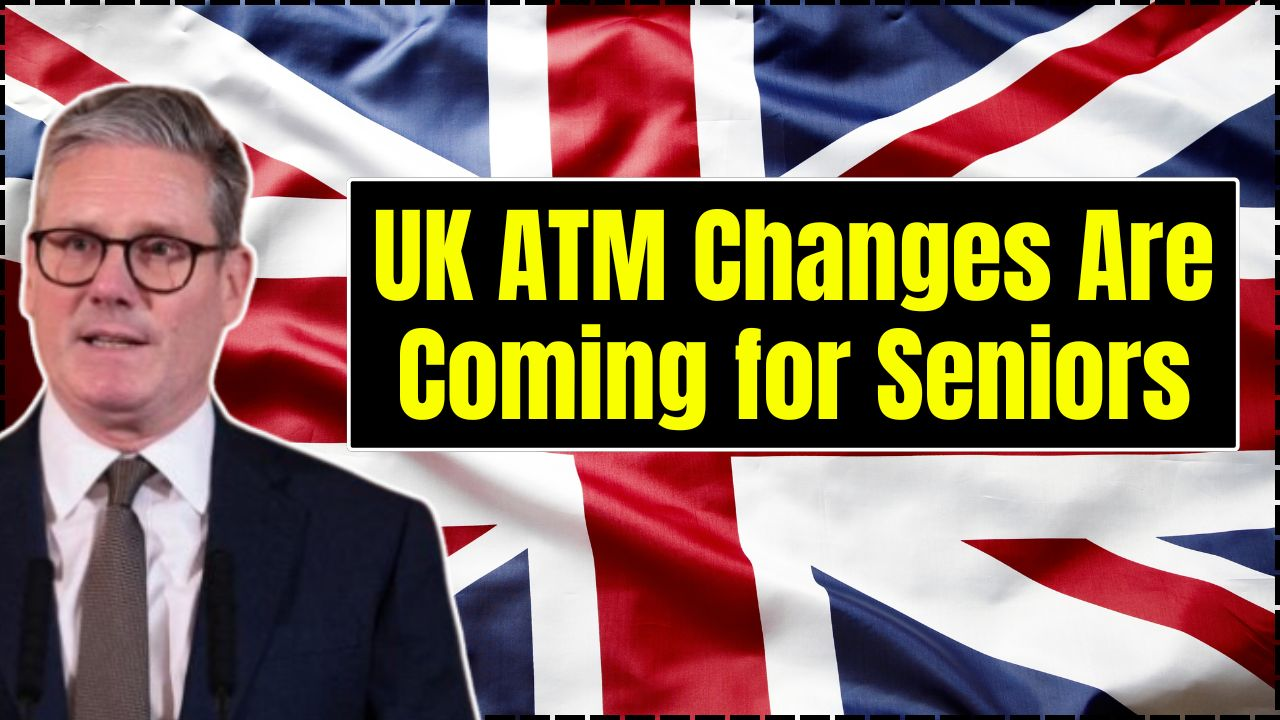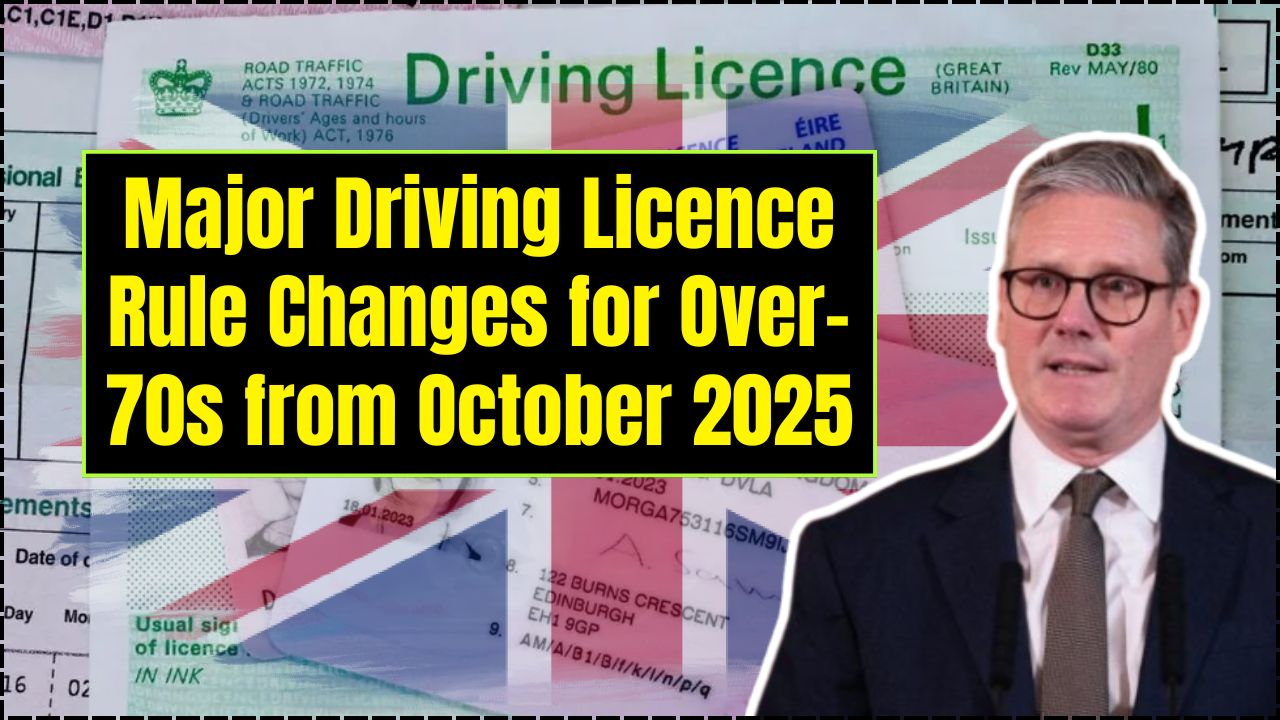London, October 2025 — The UK government is expected to introduce a new minimum wage increase in April 2026, following recommendations from the Low Pay Commission (LPC).

The rise could lift the National Living Wage for workers aged 21 and over to around £12.70 per hour, marking another step toward the government’s pledge to link the rate to two-thirds of median earnings
UK Minimum Wage Rise in April 2026
| Key Fact | Detail |
|---|---|
| Estimated National Living Wage (April 2026) | £12.55 – £12.86 per hour |
| Effective Date | 1 April 2026 |
| Affected Age Group | Workers aged 21 and above |
| Key Sectors Impacted | Retail, hospitality, social care |
What the 2026 Increase Means
The Low Pay Commission estimates the 2026 rate will rise by approximately 4.1 percent from the current £12.21 per hour. If confirmed, it will deliver a pay boost to millions of full-time workers, particularly those in retail, care, and hospitality sectors.
According to Reuters, the expected rise aligns with the government’s long-term strategy to eliminate lower age bands and create a unified pay structure for adults. The National Minimum Wage rates for younger workers and apprentices are also forecast to rise proportionately, though final figures will be confirmed later this year.
Government and Expert Commentary
Katherine Chapman, Director of the LPC, said the forecast reflects “economic resilience and the government’s ongoing effort to ensure work pays amid inflationary pressures.”
The Department for Business and Trade reaffirmed its commitment to the target ratio of two-thirds of median earnings:
“The National Living Wage has lifted pay for millions and will continue to support working families. We encourage employers to plan ahead for April 2026.”
Independent analysts from the Resolution Foundation noted that while the rise is positive for workers, small employers “will face margin pressure unless productivity improves or prices adjust.”
Impact on Workers
The 2026 wage rise will particularly benefit younger full-time employees and those in low-wage sectors. A worker currently earning £12.21 per hour and working 37.5 hours a week could see an annual income increase of roughly £950 before tax once the new rate takes effect.
Workers are advised to verify their updated pay rates on their first payslip after April 1 to ensure compliance with the new legislation. Underpayment remains a civil offense enforceable by HM Revenue and Customs (HMRC).
Impact on Employers
For businesses, the 2026 increase presents both financial and operational challenges. Labour costs are expected to rise across industries employing large numbers of minimum-wage workers. Employers are encouraged to:
- Update payroll systems before April 1 to reflect new statutory rates.
- Review budgets and adjust pricing structures to absorb increased costs.
- Enhance productivity and training to offset wage-driven expenditure.
The British Chambers of Commerce (BCC) welcomed the predictability of LPC-based rises but urged the government to pair wage policy with “support for small firms managing concurrent energy and rent pressures.”
Related Links
Major Driving Licence Rule Changes for Over-70s from October 2025 – Must Know!
Free Bus Travel at 60 to End in the UK – New Pension Age Rules Leave Millions of Drivers Shocked
Broader Economic Context
The minimum wage increase comes amid steady inflation and modest GDP growth projections for 2026. The Bank of England expects inflation to stabilize around 2.3 percent, meaning the real value of the wage rise should yield a small but measurable improvement in living standards.
Economists caution, however, that further hikes could strain low-margin sectors if demand remains weak. In past cycles, gradual increases in wage floors have not led to widespread job losses, but regional and sectoral disparities persist.
Looking Ahead
The final 2026 rates will be confirmed following the Low Pay Commission’s report in October 2025. Once approved, the changes will apply automatically across all regions of the UK from 1 April 2026.
Businesses and employees alike are encouraged to monitor the LPC’s announcements and ensure compliance well before implementation.












 Claim Here!
Claim Here!